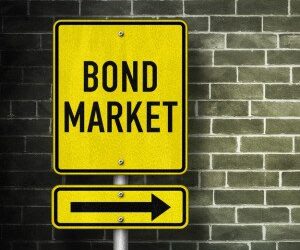Emerging market debt (EMD) is about half as volatile as emerging market equities, according to Investec Asset Management, and if some funds are allocating to equities, debt is the better move.
Co-head of emerging market fixed income at Investec AM, Werner Gey van Pittius, said that where pension funds had allocations to growth assets, and those growth assets included emerging market equities, EMD was a better option.
“The volatility of EM equity is 20 per cent. That means you are 68 per cent sure that your return for any given year is going to be between plus 20 and minus 20 … and if you want to be 92 per cent sure of your returns, it’s an 80 per cent range so it’s plus or minus 40 per cent.”
He said investors were more prepared to take on EM equity because they understand the nature of emerging market companies like Samsung, but don’t necessarily understand the dynamics of EMD, which, depending on your currency exposure, has a volatility range of between six and 10 per cent.
“That’s less than half the volatility of EM equity,” he said.
Gey van Pittius said for those investors in the local market who aren’t invested in the asset class, they could look to total return investment strategies, which are designed to outperform in bear markets and keep up in bull markets, as an entry point into emerging debt.
“You can give people a higher-quality, lower-volatility entry into emerging market debt.”
Investing in EMD could move an investor’s volatility range down to six or seven per cent, which, according to Gey van Pittius, is much more palpable to an investor as a starting point into the emerging market debt asset class.
“You give your manager a lot of leeway to give you that downside protection, so that you’re getting a better drawdown profile and a lower volatility profile through this as an entry point into EMD.”
Countries that are looking great for EMD were Columbia, Mexico and Argentina, while Turkey looked on the brink of a local crisis.
Asia-Pacific countries that looked attractive according to Gey van Pittius were Malaysia and Thailand, while the Philippines was cause for concern.
He said it was difficult to be bearish on China despite growing trade concerns, and of the 70 EM countries, he placed it in the top decile.





